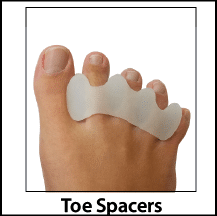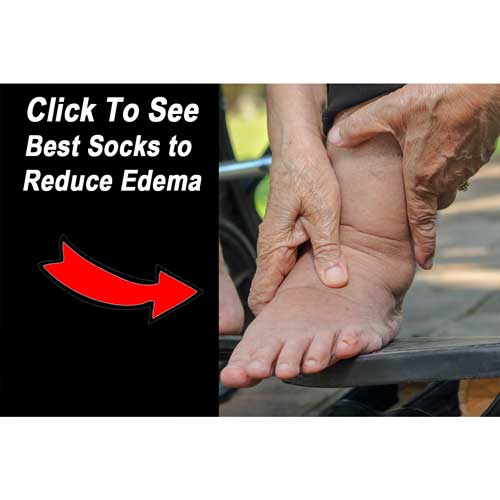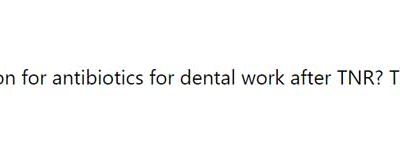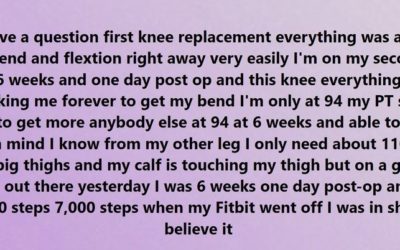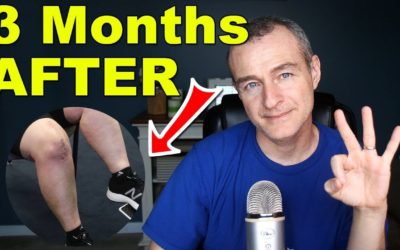Do Toe Spacers Help Bunions
Yes, toe spacers help bunions by mechanically realigning the great toe with the natural structure of the medial foot and arch.
Toe spacers should initially be used for short periods of time, up to 20-minutes a day during the first week before increasing to several hours at a time after the break-in period.
The following video explains the anatomy of the foot and how our understanding of normal foot structure has changed over the years.
Do bunions require surgery?
No, not all bunions require surgery. In my physical therapy practice, I find many patients who present with other complications such as knee or ankle pain also have bunions.
When we correct problems in the foot (including the toes) we can often resolve problems in the rest of the leg.
In the video below I share some simple manual therapy techniques you can perform at home to reduce some of the harmful mechanical changes associated with bunions.
When is surgery required to treat a bunion?
After conservative measures have been exhausted and the bunion is causing your enjoyment of life to decline then surgery may be indicated.
If you find that you are becoming less active, spending less time with friends and family, or you are just too frustrated by the pain and annoyance of the bunion then it may be time for a consultation with a surgeon.
Can massage therapy help bunions?
Yes! Massage therapy may help to reduce the pain and soreness in the foot and arch. Massage therapy may also be a great option for the rest of the lower leg.
A bunion will often cause you to change the way you walk or the alignment of the lower leg relative to the knee and hip. This may result in muscle guarding and fatigue in the calf, hamstring, IT Band, and quadricepts.
Also, manual therapy can be a great way to reduce the negative effects of arthritis and reduce subjective pain.
In this video, I share my favorite manual therapy techniques which may be performed at home.
Related articles:
Who Orders the Antibiotics After Knee Replacement Before Dental Work
Are Antibiotics Required Before Dental Work After Total Knee Replacement The topic of prophylactically using antibiotics after knee replacement before dental work remains controversial. Link This 2016 publication in Arthroplasty Today, suggests "Current international...
Second Knee Replacement 5 Quick FAQs
Is a second knee replacement worse than the first? There is a huge difference between the second knee replacement on the same knee, also known as a total knee revision surgery, and the second knee replacement on the other knee. As a physical therapist, I am fortunate...
3 Months After Total Knee Replacement
What to expect 3 months after total knee replacement During the first 3 months after total knee replacement, you may experience lots of changes and rapid improvement. Range of motion will go from practically nothing to 120 degrees of flexion and 0 degrees of...
